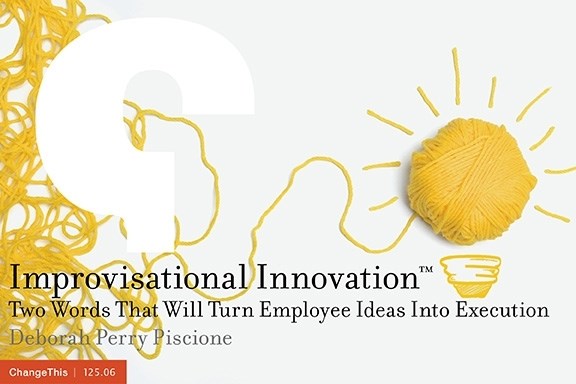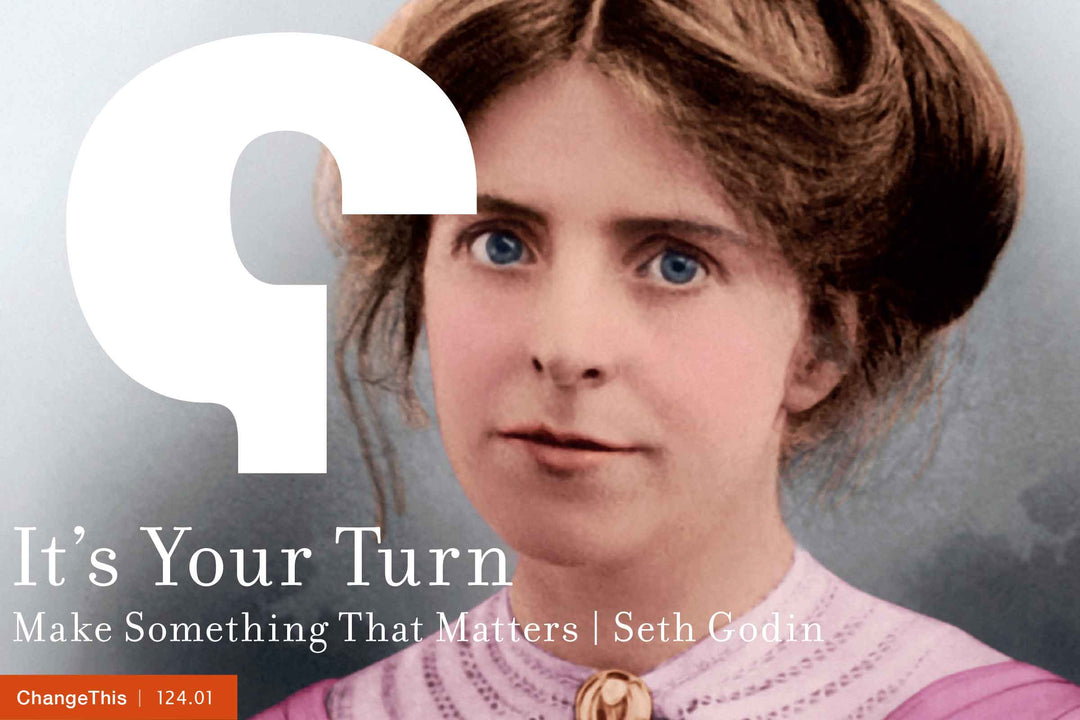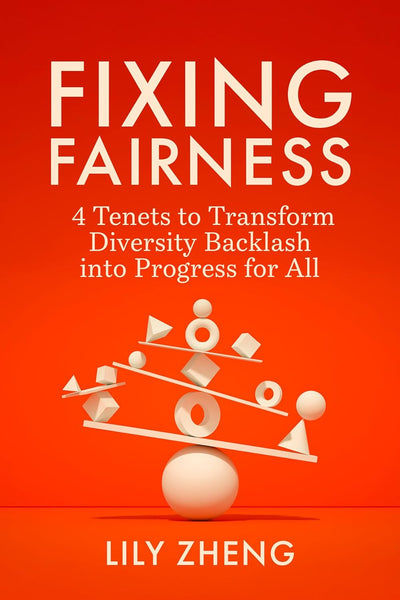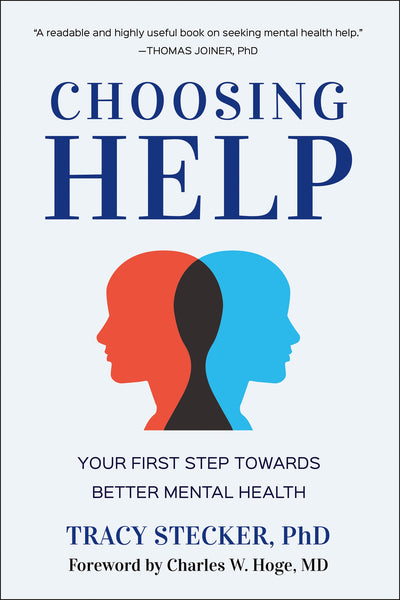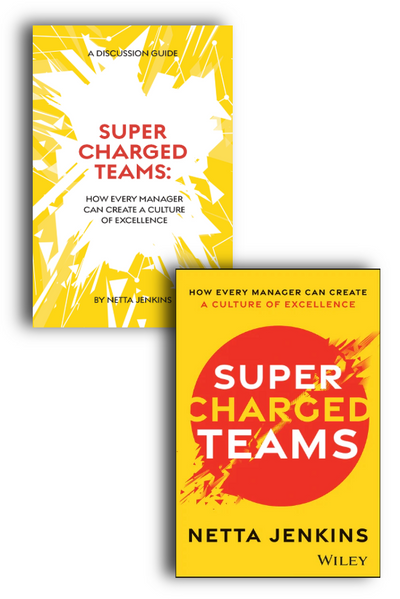ChangeThis RSS
"All businesses care about quality ideas: the new product they want to develop or the new market they want to exploit. Self-made billionaires are no different in their emphasis on ideas, but that is where the similarity ends. Traditional businesses often organize so that their individual functions specialize in one area of endeavor. The goal is to operate with optimum efficiency and to avoid conflict between groups and individuals who think differently from each other. As a result, people who are responsible for developing ideas work separately from the people who are responsible for bringing them to market. Product developers work separately from the manufacturing department; manufacturing is separate from marketing and sales, etc. There are logical reasons for this kind of separation, but the consequence so often is that even the best ideas are subject to compromise as they move from development to market. The qualities that make that idea new or great get watered down in the process of going live, and the original idea developer is rarely involved or influential enough to protect and optimize the qualities that make the idea good in the first place.
Self-made billionaires, by contrast, view execution as a creative act that is inextricable from the idea itself."
Continue reading
"There is a huge shift happening in the United States right now: a return to the time-honored tradition of apprenticeship. Apprenticeship is the Western World's oldest form of occupational training, and with good reason. By learning first-hand from an experienced tradesperson, an apprentice acquires mastery of a trade, inside and out. It is a hands-on method that equips participants with exactly the right skills and experience to transition directly into a particular job.
Modern apprenticeships have countless advantages for employers and the economy on the whole, as well as for anyone, at any stage of life, looking to launch a successful, well-paid, and fulfilling career."
Continue reading
"New ideas and bold bets are essential for the livelihood and survival of any organization operating in today's competitive marketplace and era of exponential growth. On the minds of many leaders is the question, 'How do I know where the next big idea is, and what are the incremental or groundbreaking ideas that can be harvested from my employees?' The methodology behind Improvisational Innovation addresses the answer on how to identify, source, data-mine and execute upon new ideas from any employee, at anytime."
Continue reading
"We live in a world that's still filled with barriers and limits, a culture where too often people are judged, stripped of their dignity, and denied true freedoms. But at the same time, the economic and technological shifts around us have created an entirely new class of ruckus makers and have given people the freedom to stand up and acknowledge that it's their turn."
Continue reading
"Because we all hold on pretty tight to what we know, even if it ain't so, we tend to push back on the notion of feedback—solicited or not. How do you work up the courage to admit your reality may not actually be the reality and seek out the opinions of others? As with everything related to change, it all starts with making a personal choice—taking accountability for seeing things as they really are."
Continue reading



